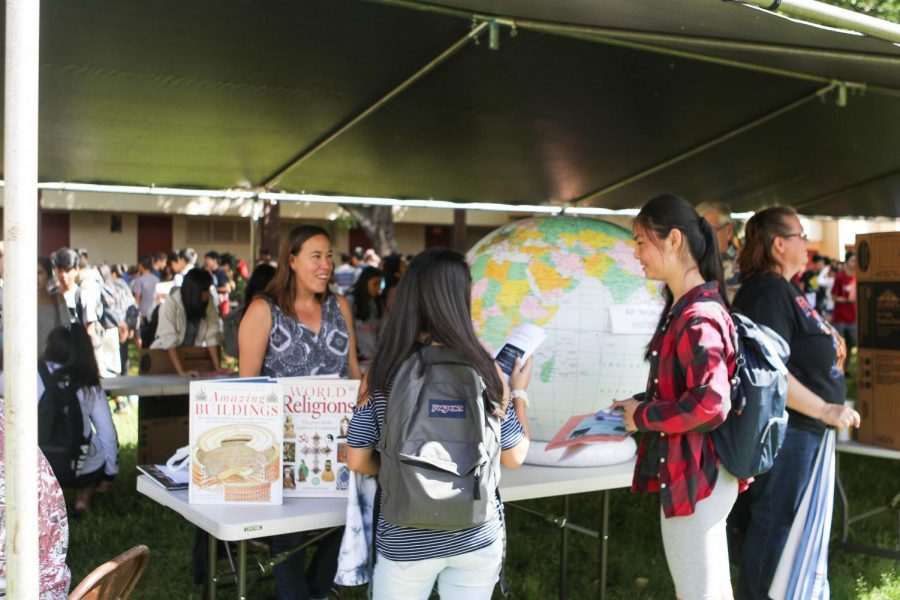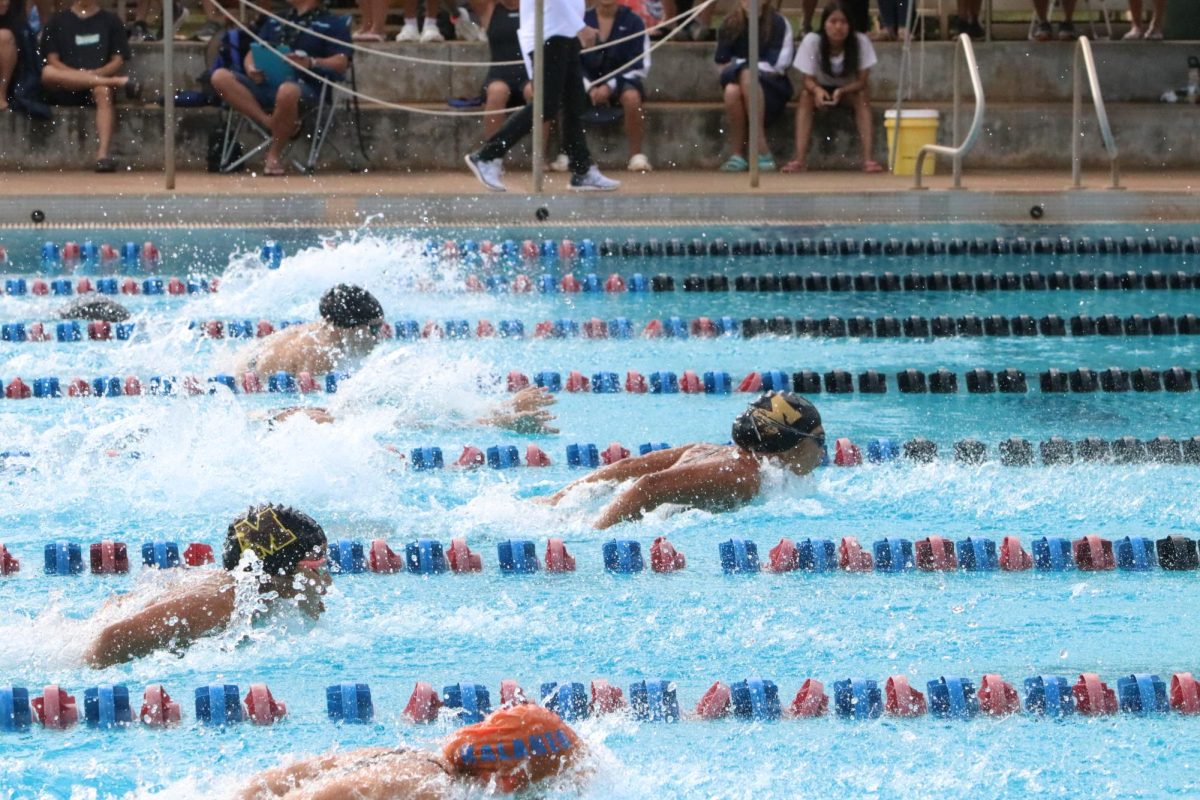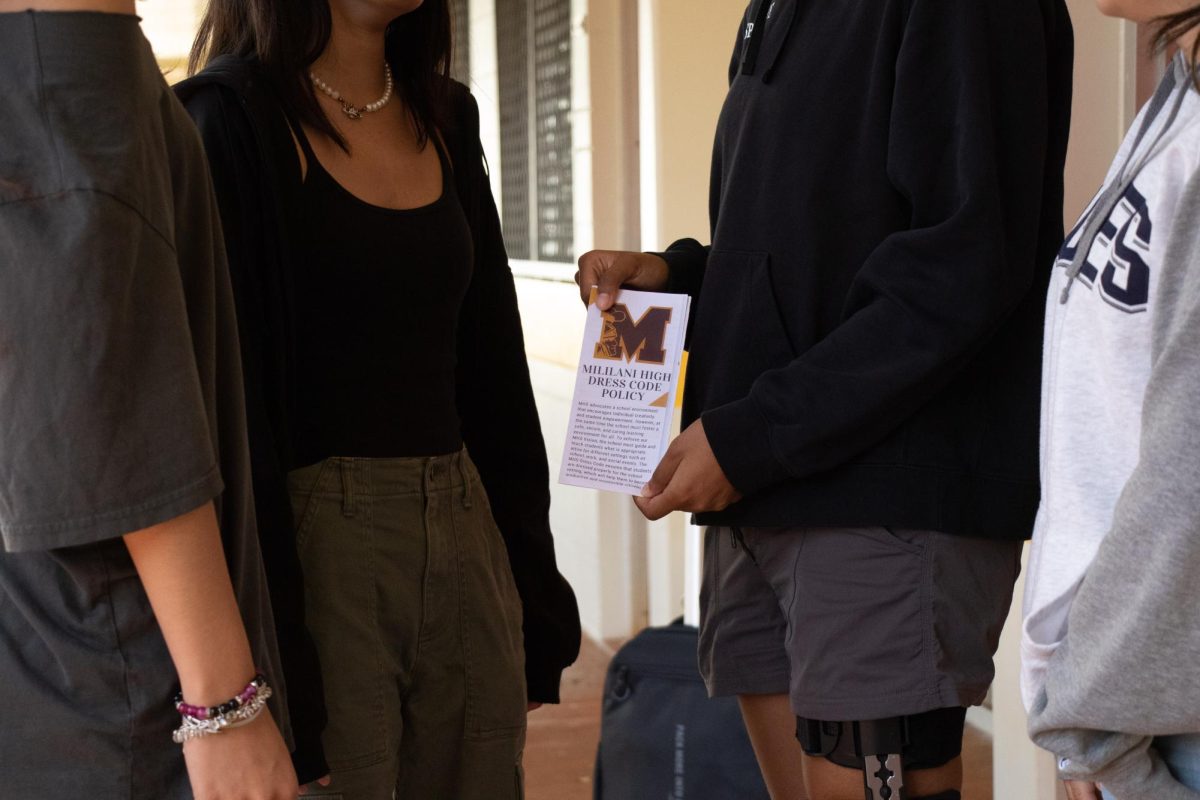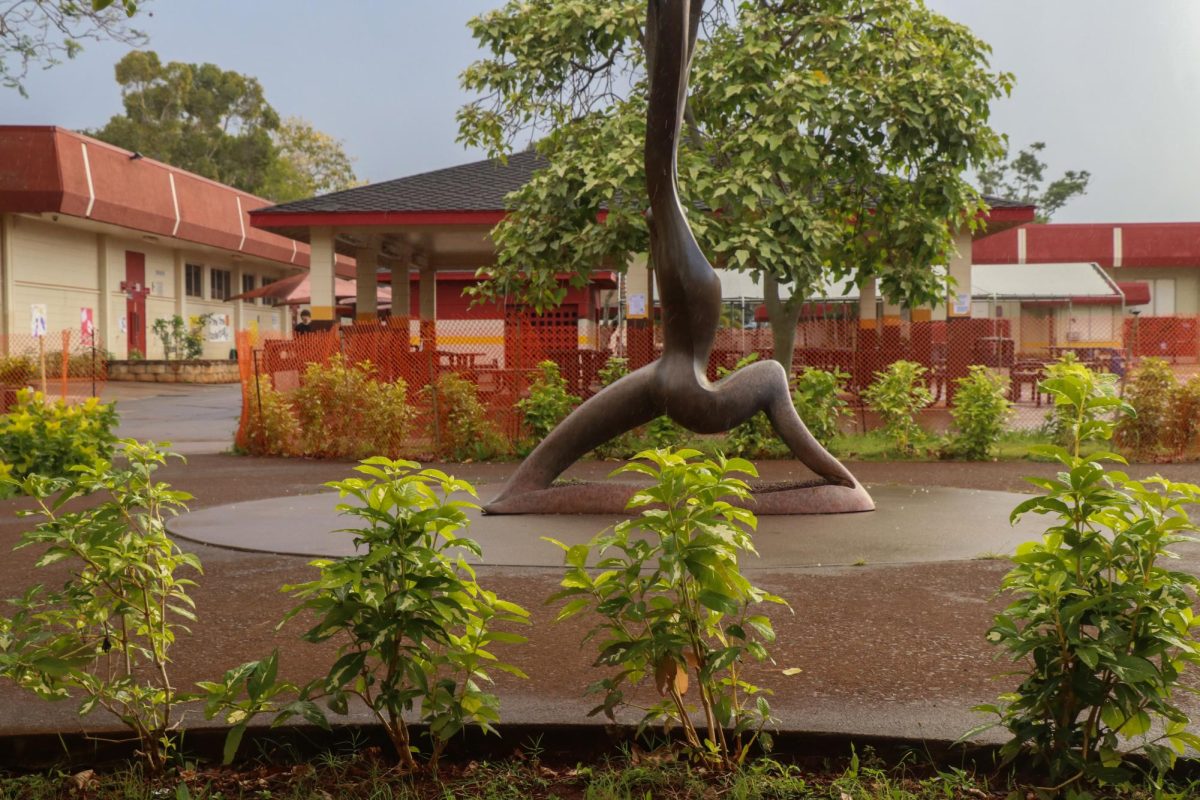New Changes to MHS Curriculum Fair
December 14, 2017
With registration for the next school year coming up, MHS hosted its annual curriculum fair on Nov. 29. However, this year’s curriculum fair came with a few changes—instead of students visiting the various classes they signed up for, there were five different areas, with each elective operating a booth. Students were able to go to the different booths that interested them, giving them the opportunity to explore all the participating classes instead of a select few. This new system for the fair had mixed reviews from both teachers and students.
“To me—my opinion—there were good and bad points. The bad to me was the teacher’s side, a lot of us probably didn’t see as many students as we did in the old way we did it. The good was that for the students who really took advantage of this opportunity, they were able to see a lot more than the old way,” said Agriculture teacher Jeffrey Yamaguchi, who presented at his own booth.
In order to make the curriculum fair run more efficiently, new changes were implemented to the fair. “So we used to have it where they would sign up and go to different classes, but when students didn’t get signed up—which happened a lot—they would just get put into all these different ones,” said Vice Principal Robin Miller. “So we wanted to make it more student-centered so that kids could actually go and look at the things that interested them instead of being stuck in somewhere that they weren’t interested in, so that’s kind of why we changed it.”
Prior to the fair, some teachers were enthusiastic about the change and felt that it would bring a new feel to the curriculum fair. “I’m kind of excited to see how it works. So for CTE, every year we do the middle school elective fair where the middle schoolers come and it’s kind of the same idea. And I think it makes it a little more interactive and gives them an opportunity to see more electives than they would’ve with the old curriculum fair,” said CTE teacher Karla Deguchi.
After the curriculum fair occurred, some teachers thought that it was more informational than previous years’ curriculum fairs, but not all of the students were receptive to the new concept. “I liked it because I feel like it was a little more interactive than the other years where we’re just presenting and the kids are just sitting and listening, like they kind of had to walk around. But I feel like some kids didn’t take it seriously, so that was kind of disappointing. But I still feel like it’s a good idea,” said Deguchi.
Other teachers felt that the changes that were made to the curriculum fair limited their opportunities to share about their class. “The students didn’t get as much of a chance to hear about what we actually do in Japanese 1 and ask questions because I think I only talked to really about five students about what actually goes on in Japanese class,” said Japanese teacher Lori Tsukamoto.
Some students felt that the curriculum fair worked better last year than it did this year. “You don’t really get as much information as you did last year. It’s not necessarily unorganized but we have so much extra time on our hands because the teachers are in such a rush. We all are just sitting down most of the time, so there’s really no point to curriculum fair if we all are just sitting down,” said Sophomore Ariana Kashimoto.
One issue that was brought up from not only teachers, but students as well, was the length of each session of the fair. “I interviewed students as the fair went on and the main concern—or the main thing—was that it was too long. The other thing was that a lot of students had their papers filled out already,” said Social Studies teacher David Francisco.
However, some felt that the new style of the curriculum fair favored the students that saw it as an opportunity. “You know, there was a lot of students who didn’t take advantage of this opportunity, but I think for those that did, I think it was a lot better for the students, which is the main point of this curriculum fair. Everything for the school—it’s whatever benefits the students, and so I think this format was better for the students than the old way,” said Yamaguchi.
Although the curriculum fair had mixed reviews this year, change is inevitable. “I feel that the only constant is change. It seemed that something needed to change about curriculum fair to make it more effective for students, so it’s worth a try. We won’t know until we give it a go. Then we all can reflect on the process and go from there,” said Art teacher Danielle Erickson.
-#####-




